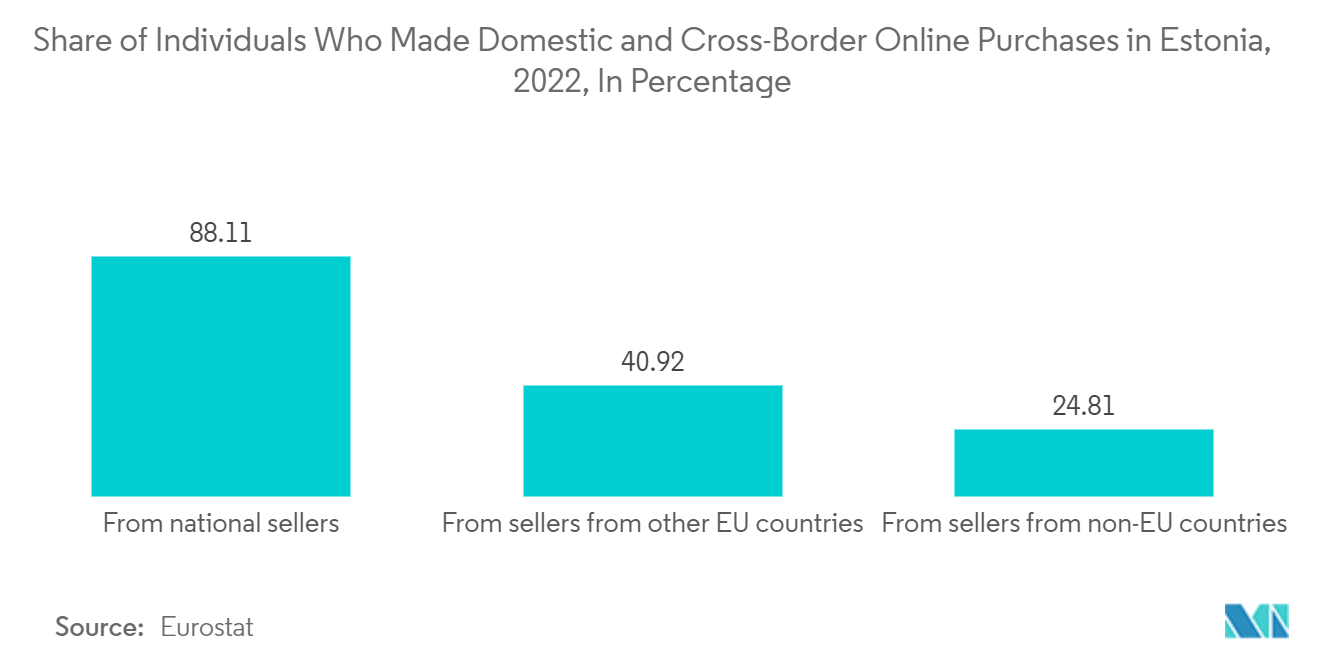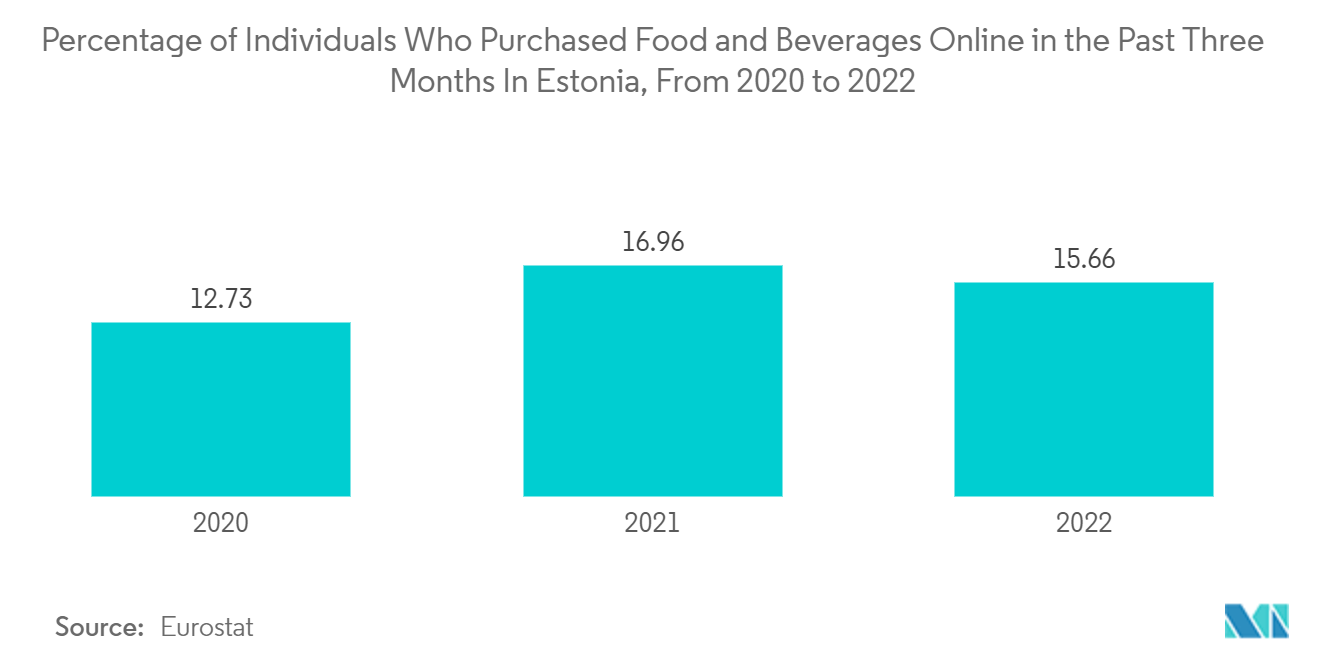Market Trends of Estonia Freight And Logistics Industry
Rapid Growth of E commerce in the Region
The online sales account for about one-fifth of total retail trade in Estonia and it is one the most important sales channel for many businesses in the country. E-shopping outside of Estonia has also grown rapidly in the last six to seven years, leading to growth in cross border e-commerce trade and increasing freight. The scope of Chinese e-commerce is demonstrated by the numbers of standard mail arriving from Asia, and it is noteworthy that the number of international items of correspondence has grown to 2.5 million items in the past five years.
An average Estonian sends only one standard letter a year. This increase in standard letters by several million demonstrates only one thing; these are e-commerce purchases that are arriving in the mailboxes mainly from Asia, and without paying tax. The Competition Board said the three most prominent providers of courier service in Estonia, DPD, Itella, and Omniva, hold a market share of 80% combined, with DHL and UPS having another 10% between them. According to the association, the parcel volume of the five biggest courier companies is approximately 20 million units a year, of which nine million are cross-border parcels, and about half of the total parcel volume is moving via Omniva.Three of Estonia's biggest parcel delivery companies have seen increase in their delivery volumes due to the current epidemic and the measures taken by the Estonian government. In 2022, the majority of individuals in Estonia who had online purchased in the past three months bought goods from national sellers, at over 88 percent. In comparison, 41 percent of Estonians purchased products online from sellers from other EU countries.

Agriculture, Fisheries and Food Industry Growth in Estonia
According to Statistics Estonia, in 2022, fish farming enterprises sold 801 tonnes of commercial fish and crayfish, for a total of 4.9 million euros. The sale of fish roe amounted to 2.7 tonnes. The sold quantity of fish farming production decreased for the third year in a row. The quantity of fish roe sold in 2022 was 8 times smaller than the year before. According to Statistics Estonia, in 2022, fish farming enterprises sold 801 tonnes of commercial fish and crayfish, for a total of 4.9 million euros. The sale of fish roe amounted to 2.7 tonnes. The sold quantity of fish farming production decreased for the third year in a row. The quantity of fish roe sold in 2022 was 8 times smaller than the year before.
The growth of agriculture, fisheries, and the food industry have helped the road freight transport industry in the country to grow at the time when the national haulers are experiencing heavy competition from international haulers. Digitization is a significant trend in Estonia, and the digitization of the road freight industry is expected to increase in the coming years. Platforms, like Uber Freight, are expected to emerge from within the country to help develop the market.


